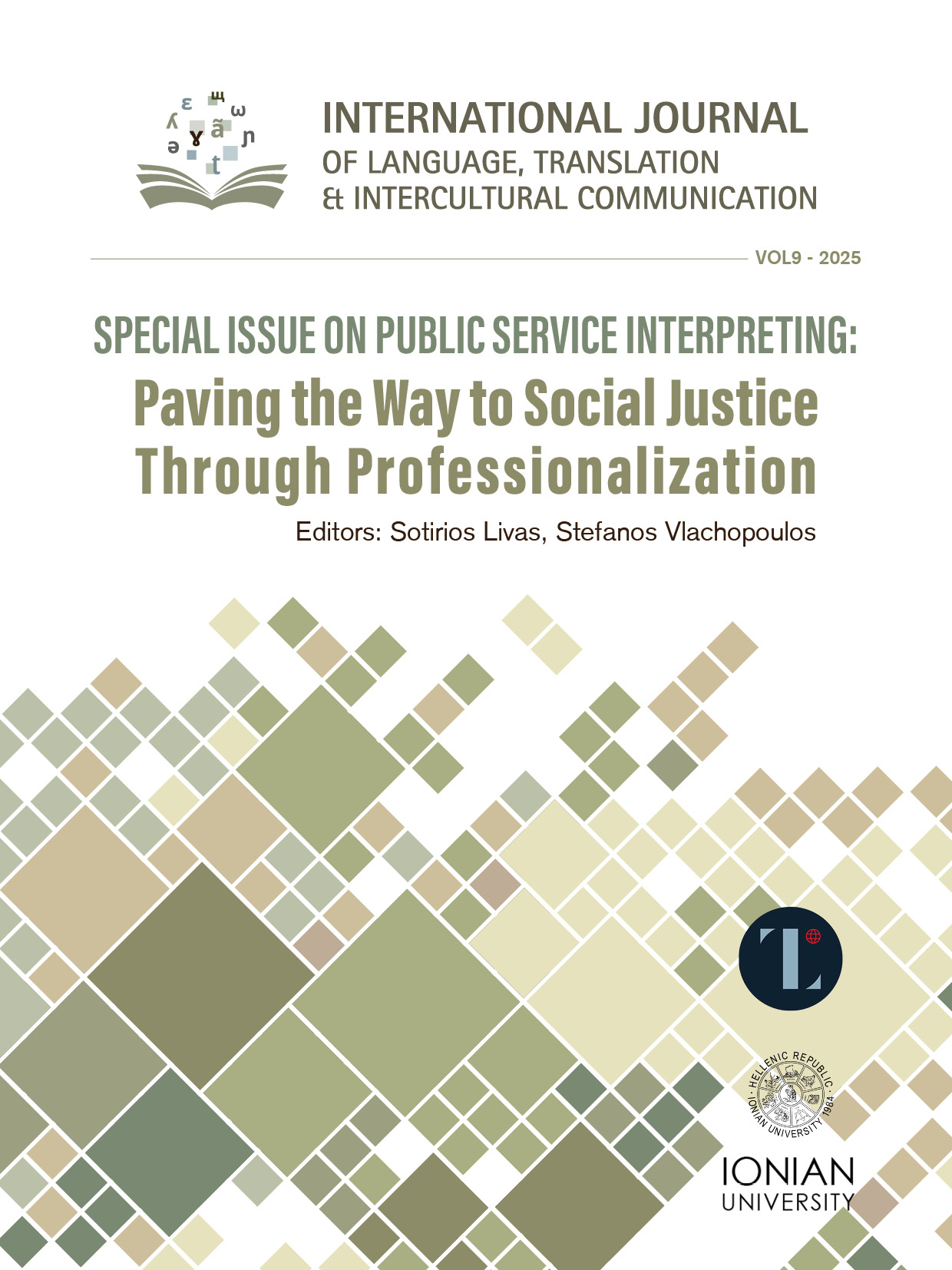Improving Health Equity Through Team Observed Structured Clinical Encounters with LEP Standardized Patients and Healthcare Interpreter Trainees.

Abstract
When language barriers exist, patients who do not share a language with their providers are at risk of poorer medical outcomes, adherence, trust, and follow-up care (Sentell et al. 2016; Eslier et al. 2023; Luton et al. 2022; Nadakuditi 2023). These barriers drive the need for Translation and Interpreting programs that prepare students for healthcare settings. This study examines interpreter-mediated communication in midwife consultations within New Jersey, where 12.4% of residents are LEP (New Jersey Department of Community Affairs 2022). An interprofessional simulation was piloted, engaging Translation and Interpreting students alongside Women’s Health/Nurse Midwifery students, providing specialized training in bilingual health communication. Pre- and post-intervention surveys collected data, revealing that the educational intervention effectively boosted interpreting students' confidence, improved their terminology knowledge, and enhanced their understanding of providing equitable, quality care to LEP patients in their native language.
Article Details
- How to Cite
-
Ramirez-Polo, L., Rodriguez, S. A., Blumenfield, J., Horan, K., Merrigan Robertazzi, M., & Short, J. (2025). Improving Health Equity Through Team Observed Structured Clinical Encounters with LEP Standardized Patients and Healthcare Interpreter Trainees. International Journal of Language, Translation and Intercultural Communication, 9. https://doi.org/10.12681/ijltic.38841
- Section
- Articles

This work is licensed under a Creative Commons Attribution-NonCommercial-ShareAlike 4.0 International License.
Copyright Notice
Authors who publish with this journal agree to the following terms:
- Authors retain copyright and grant the journal right of first publication with the work simultaneously licensed under a Creative Commons Attribution License that allows others to share the work with an acknowledgement of the work's authorship and initial publication in this journal.
- Authors are able to enter into separate, additional contractual arrangements for the non-exclusive distribution of the journal's published version of the work (e.g., post it to an institutional repository or publish it in a book), with an acknowledgement of its initial publication in this journal.
- Authors are permitted and encouraged to post their work online (e.g., in institutional repositories or on their website) prior to and during the submission process, as it can lead to productive exchanges, as well as earlier and greater citation of published work (See The Effect of Open Access).


